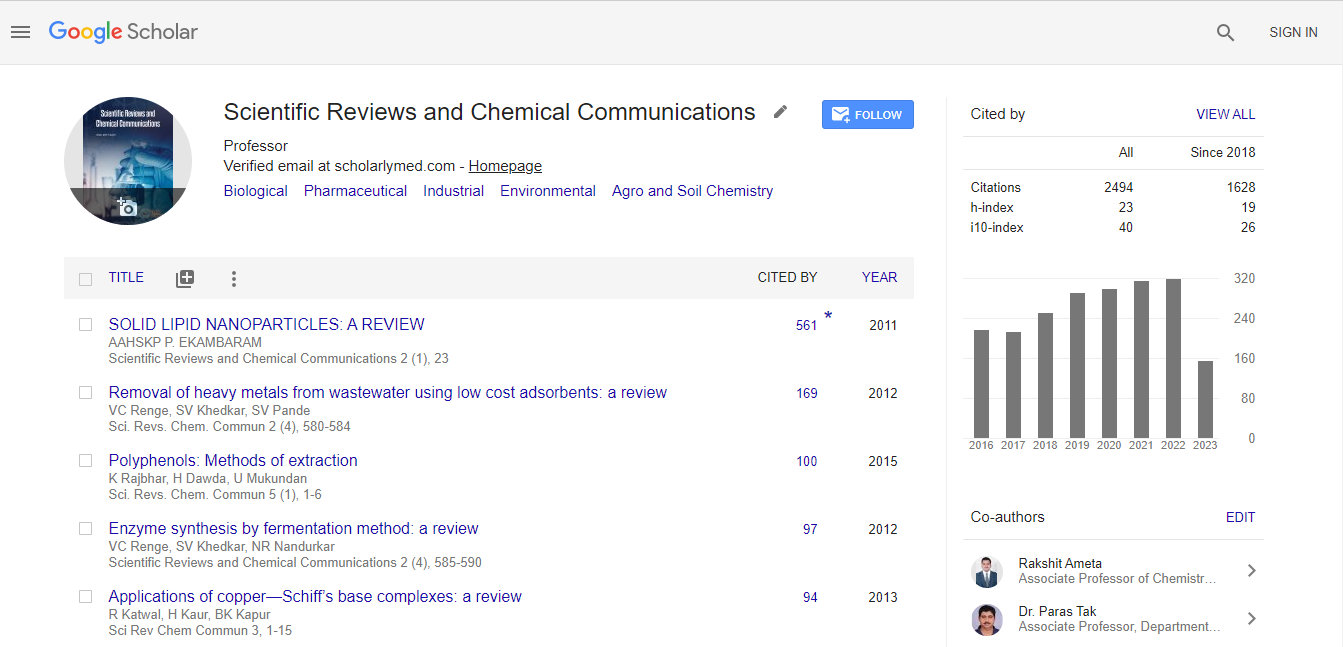Abstract
Editorial- Announcement
Author(s):Biodegradable polymers are a special class of polymer that breaks down after its intended purpose by bacterial decomposition process to result in natural byproducts such as gases (CO2, N2), water, biomass, and inorganic salts. These polymers are found both naturally and synthetically made, and largely consist of ester, amide, and ether functional groups. Their properties and breakdown mechanism are determined by their exact structure. These polymers are often synthesized by condensation reactions, ring opening polymerization, and metal catalysts. There are vast examples and applications of biodegradable polymers. Bio-based packaging materials have been introduced as a green alternative in the past decades, among which, edible films have gained more attention due to their environmentallyfriendly characteristics, vast variety and availability, non-toxicity, and low cost. Biodegradable polymers have a long history, and since many are natural products, the precise timeline of their discovery and use cannot be accurately traced. One of the first medicinal uses of a biodegradable polymer was the catgut suture, which dates back to at least 100 AD.The first catgut sutures were made from the intestines of sheep, but modern catgut sutures are made from purified collagen extracted from the small intestines of cattle, sheep, or goats. The concept of synthetic biodegradable plastics and polymers was first introduced in the 1980s. In 1992, an international meeting was called where leaders in biodegradable polymers met to discuss a definition, standard, and testing protocol for biodegradable polymers. Also, oversight organizations such as American Society for Testing of Materials (ASTM) and the International Standards Organization (ISO) were created.[citation needed] Large clothing and grocery store chains have pushed to utilize biodegradable bags in the late 2010s. Biodegradable polymers also received notice from various fields in 2012 when Professor Geoffrey Coates of Cornell University received the Presidential Green Chemistry Challenge Award. As of 2013, 5-10% of the plastic market focused on biodegradable polymer derived plastics.

